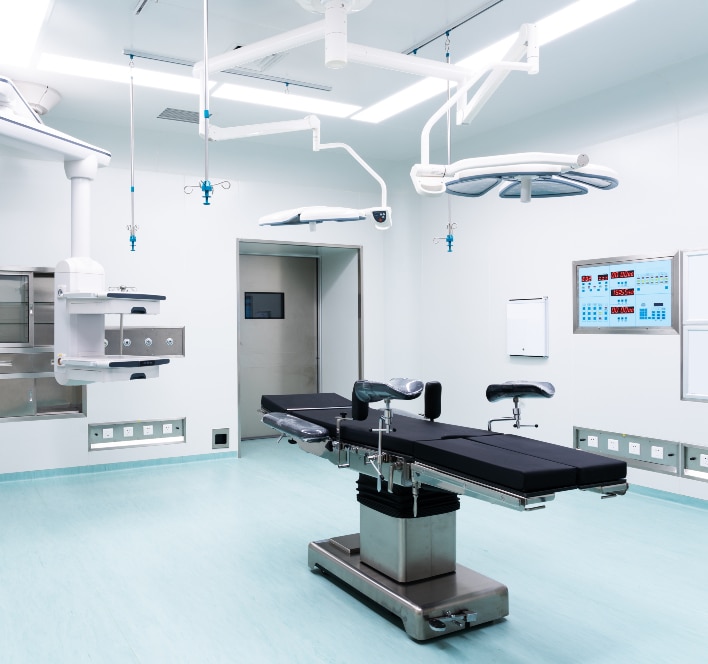Scoliosis often begins between the ages of ten and fifteen years, but it doesn’t always require surgery. Each patient’s situation is unique and requires a thorough examination of the patient’s specific circumstances. However, most scoliosis surgeons agree that children or adults with severe curvature of the spine (45 to 50 degrees and higher) will likely need surgery to lessen the curve and prevent it from worsening. A severe curvature can negatively impact a patient’s lung function because the spine can be pushed into the lungs, making it harder to breathe and causing respiratory issues. Scoliosis surgery can help prevent these kinds of complications later in life.
When Is It Time to Consider Scoliosis Surgery for Children?
The primary purpose of recommending scoliosis surgery for children and teens is generally to prevent further curvature progression. Scoliosis curves tend to increase in size during a period of growth, such as a growth spurt experienced by children and teens. Therefore, if a curve is at a certain size before a patient has finished growing, the patient may need to consider surgery to prevent the curvature from getting worse when they have their growth spurt.
Medium-sized curves are typically first addressed with brace management if the patient is still growing. However, if the curve is in the thoracic spine (the part of the spine involved in the rib cage) and at a 45-degree angle, then surgery is considered. When a curve measures 55 degrees, there is more concern that the curve will worsen as the patient keeps growing, and surgery is also recommended.
When Is It Time to Consider Scoliosis Surgery for Adults?
Scoliosis surgery is typically recommended for adults to help manage symptoms such as:
- Pain in the back muscles
- Pain in the small joints due to deformity
- Arthritic changes
- Nerve pain
- Weakness due to nerves compression
If a patient has worsening weakness in their legs because of arthritic changes causing pressure on the nerves within their lower back, it’s time to consider surgery for adults. Another reason surgery may be recommended is if a curvature progression is identified over multiple X-rays. For patients experiencing declining neurological functions, the best time to consider surgery is when the symptoms are so severe that they substantially impact their quality of life.
Generally, conservative, non-surgical treatments are the first to be recommended as a treatment before considering surgery. This may be treatments such as medication, epidural injuries, or physical therapy specific to the patient’s needs. However, patients need to speak with an experienced spine specialist familiar with scoliosis so patients can understand all their treatment options and find the best fit for them.
Considering Scoliosis Surgery? Contact Our Spine Specialists at NJ Spine & Orthopedic
Scoliosis is not a one size fits all condition. Many factors go into the development of scoliosis, and the treatment depends on the person, their medical history, and lifestyle. At NJ Spine & Orthopedic, we understand the importance of individualized care and pride ourselves on our patient-centered approach that builds treatment plans around the patient and their unique needs. We know that treatment plans have to be in the patient’s best interest, and we work with our patients to ensure their needs and desires are being met. NJ Spine & Orthopedic is here to help you find the right treatment plan and get you back to a quality of life you can enjoy.
Our award-winning spine specialists are here to help. Contact us today and schedule an appointment at (866) 272-9271 or fill out our contact form.

